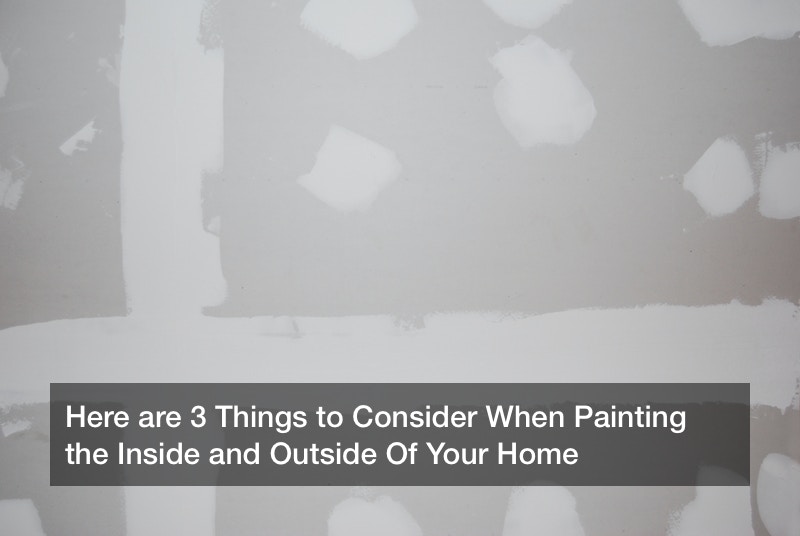

Homes can need residential exterior painting and residential interior painting for a number of reasons. These can range from the house needing new paint because the old paint is wearing off, to you just bought an older house and you want to fix it up, and more. While painting a house might seem like one of the easier tasks when it comes to working on a house, the truth is there are several things that need to be considered when painting the interior and exterior of a home, and this article will take a look at a few of those things.
- Is There Lead Paint in the Home: One thing that needs to be considered when painting the home is whether or not there is existing lead paint on the inside or outside of the residence. In 1978, the government banned lead as a paint ingredient because of its health risks, but most homes built before 1978-about 57 million of them-still have lead paint somewhere in them. Because of this, if you’re working on residential exterior painting, or interior painting, and you know there’s a good chance the home still has lead paint, then it’s important to check for that before any painting gets started. It’s always best to make sure the lead paint is safely removed first before any new paint is added. That way, the problem won’t recur in the future.
- Will You Need Drywall Services: Another thing that needs to be considered when painting the home is to think about whether you will need any drywall services. For example, if you’re fixing up an older home, it might be that some of the walls need to be repaired before paint can be applied. If that’s the case, then drywall services might be needed to take out and replace damaged walls before interior painting begins.
- What Type of Paint Will Be Used: And finally, a third thing that needs to be considered before residential exterior painting or interior painting begins is what type of paint will be used for the project. There are several types of paint that can be used, and each generally has different drying times. For example, latex paint is dry to the touch in 2-3 hours. It’s considered safe to add a second coat after 4-5 hours. Other paints will dry at different speeds, so it’s important to make sure you know exactly what type of paint is being used in order to avoid unnecessary mistakes.
In conclusion, there are several things to consider when painting the inside and outside of your home. These things include: checking to see if there’s lead paint in the home, checking to see if you need drywall services, and checking the type of paint being used for the project. These are just a few of the things that need to be considered when painting a home.



